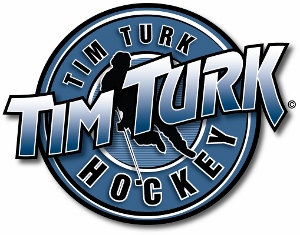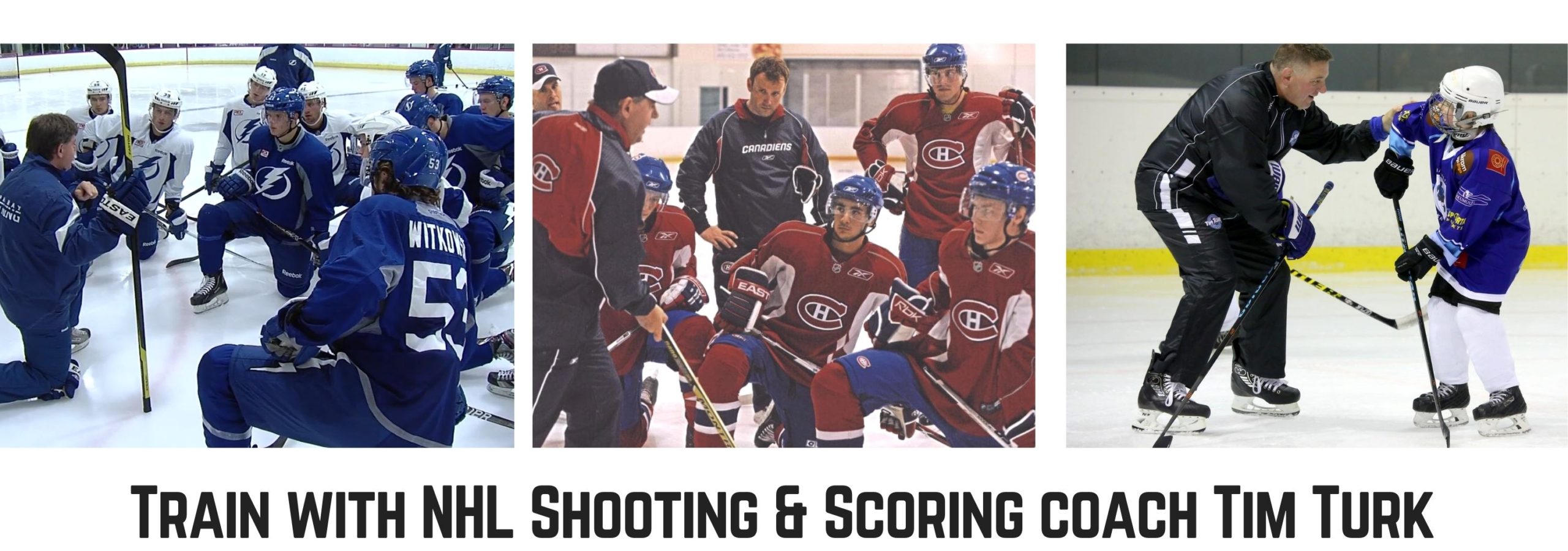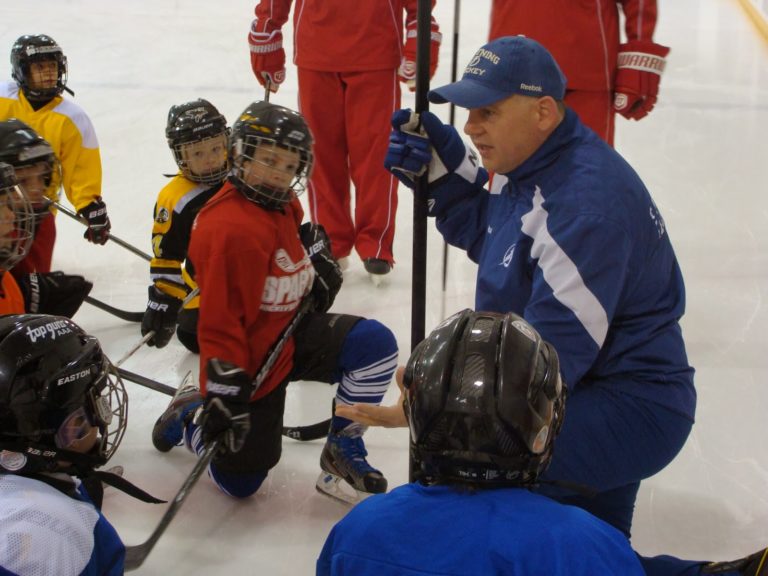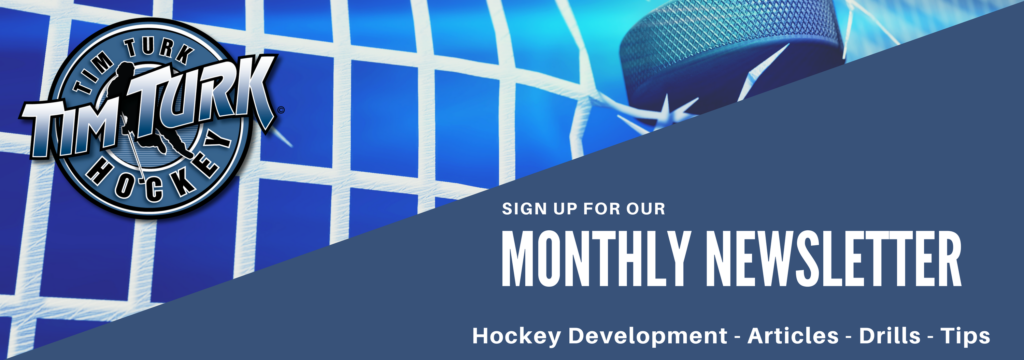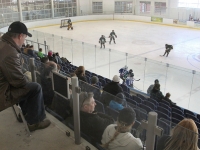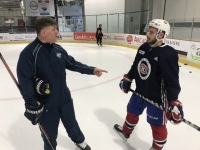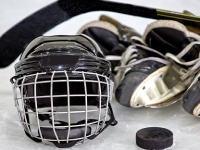Being a great hockey coach requires a lot of different skills and abilities. You should be charismatic, so your players will want to listen to you and find you easy to understand, and you should be encouraging, so your players feel empowered and eager to perform well. You should also have considerable knowledge of the game of hockey, so you can develop helpful drills, place players in positions that complement their skillset, and teach accurate and impactful information.
Let’s face it: In any sport or activity it’s difficult for a player to identify the things they need to improve to become better. This is just one of the many reasons why it’s important to have a coach; you can focus on watching them while they’re playing and point out the mistakes for them. That’s why one of the most crucial aspects of being an excellent hockey coach is knowing how to give effective feedback to your team. Providing accurate, helpful, constructive criticism to a hockey player is the fastest and easiest way to help them become better. Below are some of the best tips for giving player feedback, so everyone on your team can improve as much as possible, and you’ll have a talented, killer hockey team in no time.
You Can Catch More Flies with Honey…
When you’re giving advice to your players or commenting on their skills and what they need to improve, constructive criticism is the way to go. Always try to point out weaknesses politely, and make sure to focus on how your player can go about proving themselves, rather than their issue itself. Being able to give effective constructive criticism will garner more respect and admiration from your players, as well as guide them towards improving themselves.
Additionally, constructive criticism should be balanced with positive feedback. If, as a coach, you are only always pointing out what your players are doing wrong, they will feel worse about their own abilities and less motivated to improve. Giving positive feedback on things your players are doing well can be a powerful tool to help your players improve more quickly, because they will be more motivated to do so. Making positive comments on things you have previously told your players to work on can be extremely effective as well. It shows your team that you are noticing their effort and tells them that their efforts to improve their skills are paying off, which will only want to make them work that much harder.
One Thing at a Time
A common misstep for coaches in all areas of sport is to give their athletes too much to work on at once. As a coach, you are trained to notice every mistake an athlete is making when they play their sport. In hockey especially, depending on the player’s age and skill level, there can be many mistakes. However, coaches sometimes relay all the information to their athletes about things they need to work on, which can overwhelm and confuse them.
The most effective way for an athlete to improve their hockey skills is to only be given one or two things to work on at a time. As a coach, you will generally know the priority of needing to fix mistakes, so try to give the athletes the most important things first. That way, the player will be comprehensive and focused when they work on improving themselves, which will often result on them fixing the issues more quickly. In general, an athlete who needs to work on ten different areas of their game will fix them all faster working on them one at a time rather than all at once.
It’s All About the ‘Why’ and the ‘How’
A lot of coaches unfortunately stop at telling their players what they’re doing wrong, and that they need to fix it. While this is bare-bones exactly what a coach needs to do, if you make the effort to provide a little extra information to your players, they can have a much easier time striving to improve their imperfections. This “extra information” comes in the form of telling them why the mistake they’re making is wrong, and exactly how they can avoid making the mistake in the future.
For example, if a player is having trouble keeping their head up while on the ice, you should certainly point out the mistake. But you can also explain that keeping your head up allows you to make decisions faster and exercise options for passing the puck and making plays. Then you could advise the player to pick focal points that are head-level of the other players on the ice, and only look down every so often.
Of course, once you’ve given your constructive feedback, it’s up to the player whether they work on their hockey skills to improve. So, your players’ work ethic plays a pivotal role in their development. However, if you follow the above guidelines for giving advice, you’re ensuring your team has the best chance to grow into skilled hockey players, and a force that will eventually dominate your division! Either way, you’ll be able to rest assured that you’ve done an excellent job in coaching your hockey team, efficiently pointing out your player’s weaknesses and inspiring them to work on improving them.
